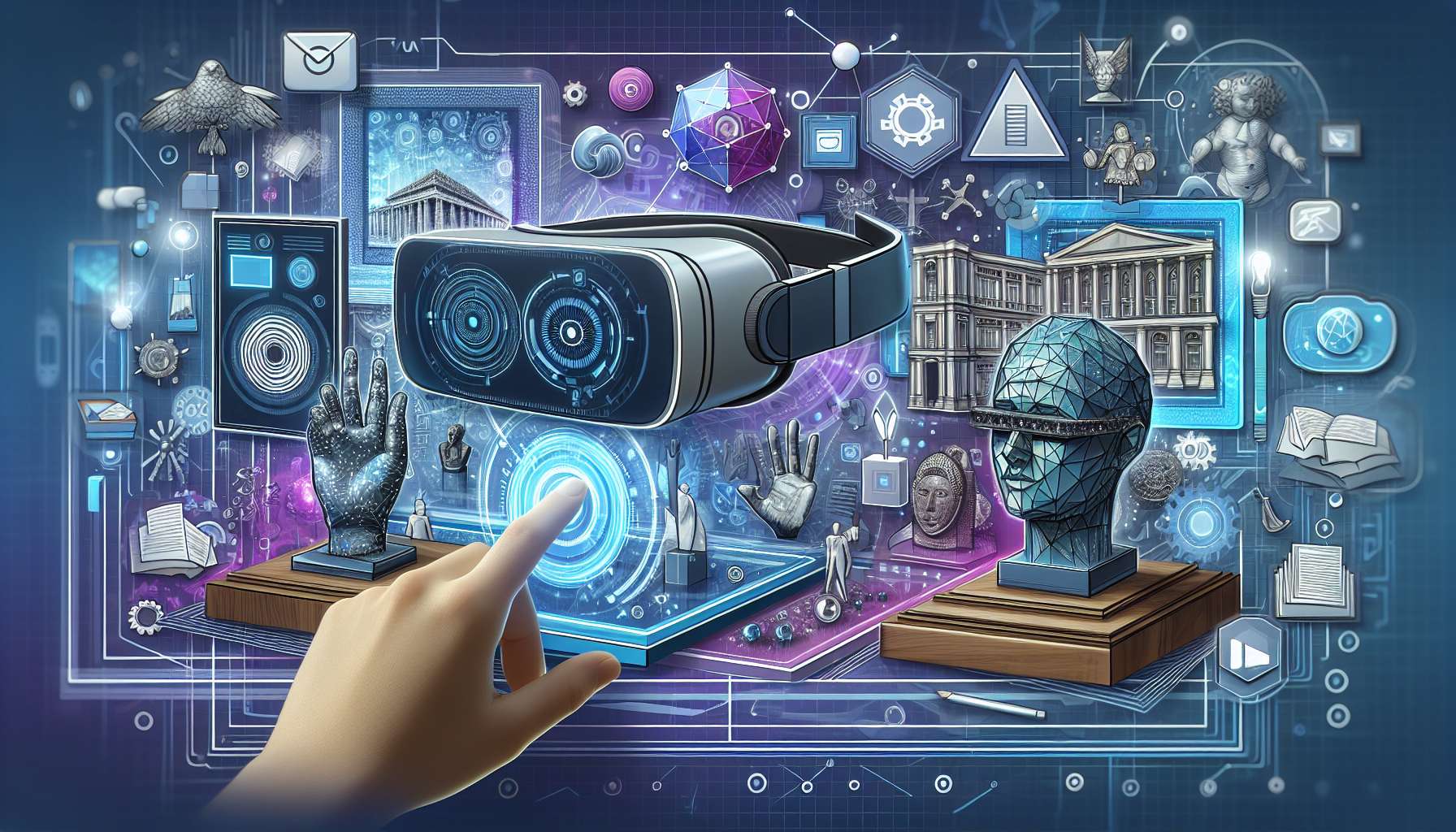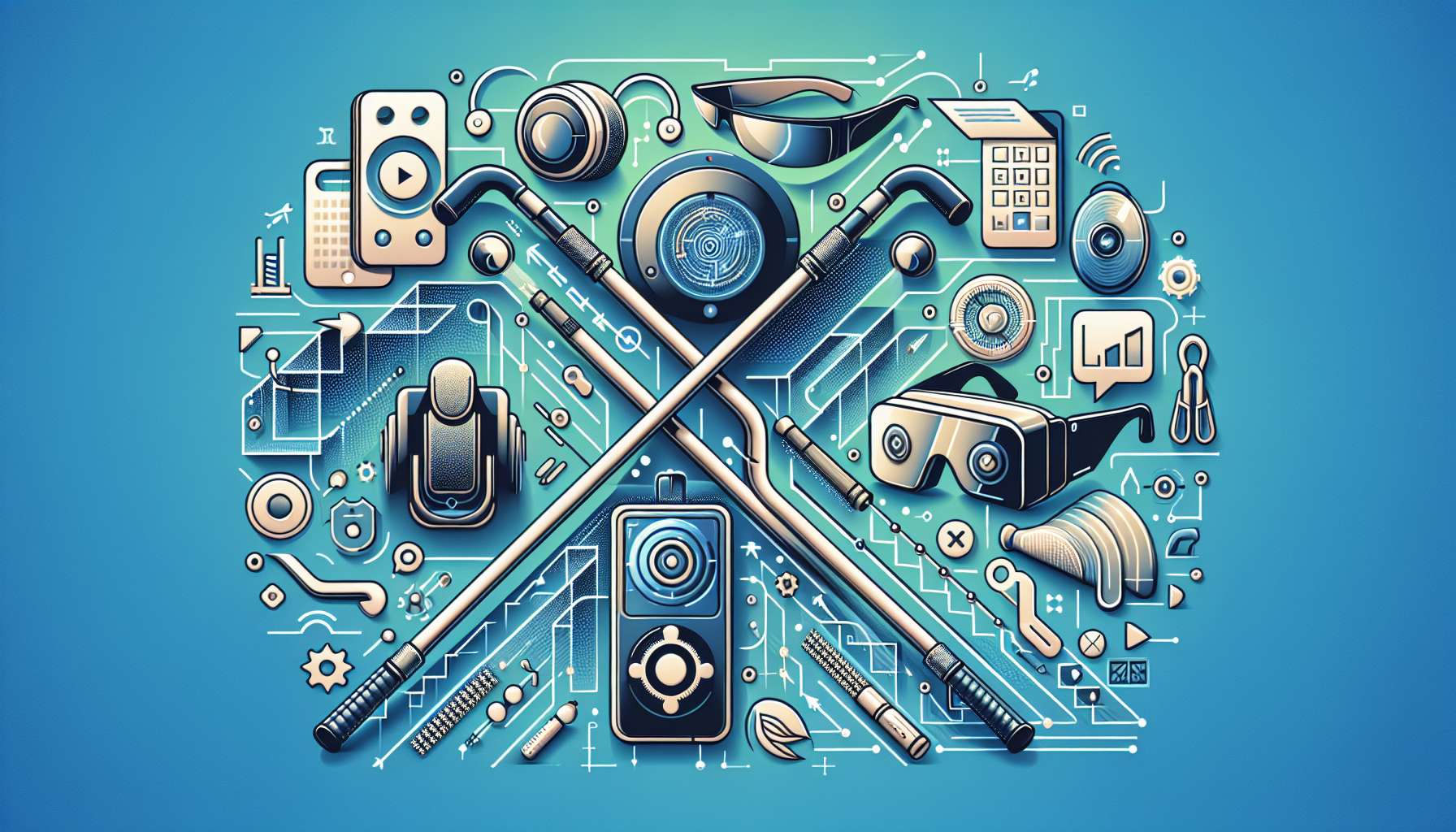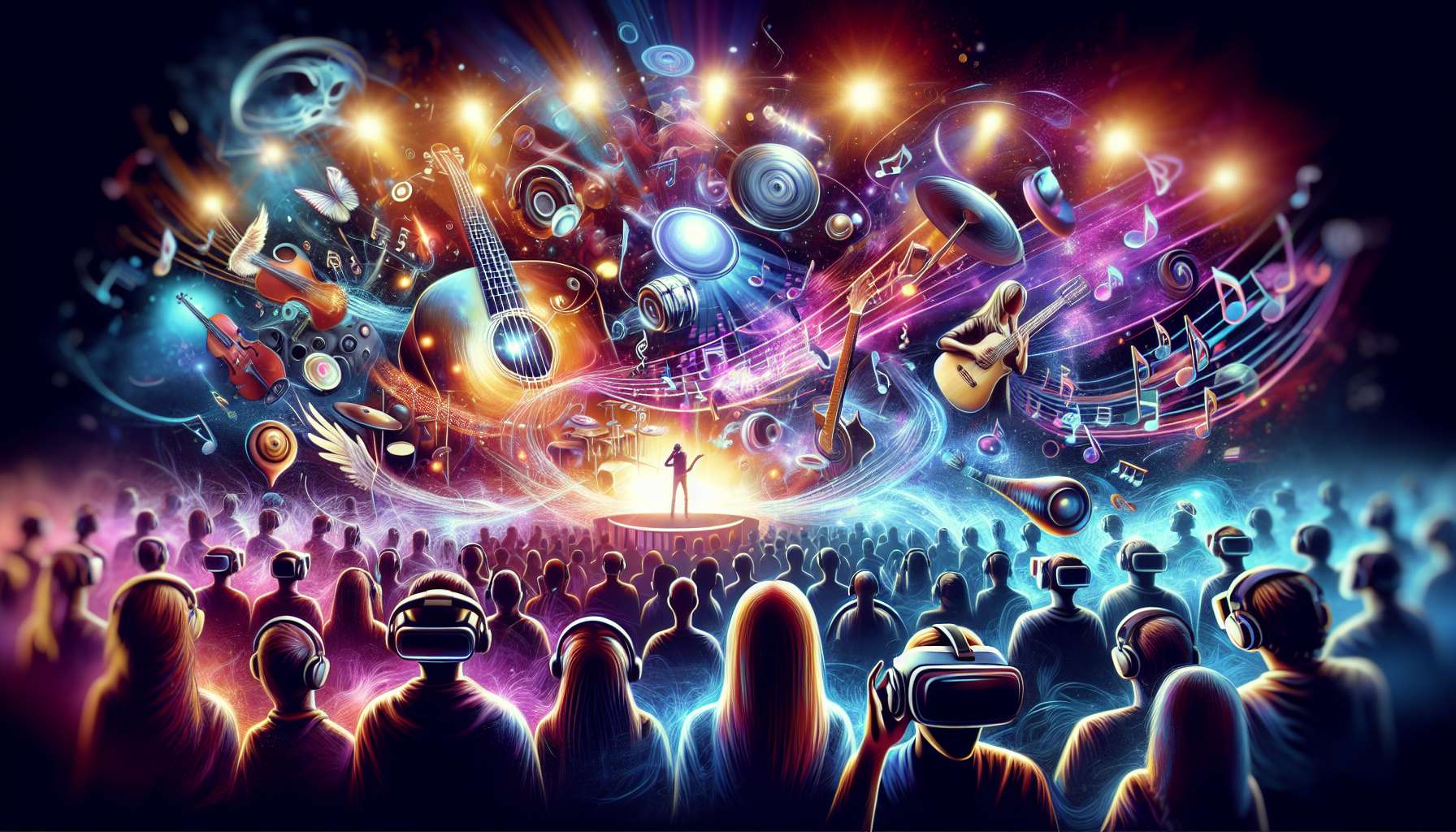The Intersection of Augmented Reality and Virtual Reality in Museums
As technology continues to advance, the way we experience and interact with history is evolving. Augmented Reality (AR) and Virtual Reality (VR) are two technologies that are revolutionizing the museum experience, allowing visitors to immerse themselves in history like never before.
Preserving History Through AR
One of the key benefits of AR in museums is its ability to preserve and protect historical artifacts. By creating digital replicas of fragile objects, museums can ensure that these pieces of history are not lost to time. Visitors can use AR devices to view these artifacts up close, without risking damage to the originals.
Furthermore, AR can bring historical scenes to life. By overlaying digital reconstructions onto the physical space of a museum, visitors can see how a particular location looked in the past. This not only enhances the visitor experience but also provides valuable context for understanding historical events.
Immersive Experiences with VR
Virtual Reality takes the museum experience a step further by allowing visitors to fully immerse themselves in historical environments. Through VR headsets, visitors can explore ancient civilizations, walk through famous battlefields, or even interact with historical figures.
VR also has the potential to make history more accessible to a wider audience. People who are unable to visit a physical museum due to location or mobility issues can still experience historical artifacts and locations through virtual tours. This inclusivity is a major benefit of VR technology in the museum space.
Enhancing Education and Engagement
Both AR and VR have the power to enhance education and engagement in museums. By providing interactive experiences, museums can cater to a younger, tech-savvy audience and make history more engaging and relatable.
AR and VR technologies also allow for personalized experiences, where visitors can choose their own paths through exhibitions and delve deeper into areas of interest. This customization not only makes the museum visit more enjoyable but also encourages learning and exploration.
The Future of Museums
As AR and VR technologies continue to advance, the possibilities for museums are endless. From creating hyper-realistic historical simulations to offering virtual tours of inaccessible sites, these technologies are reshaping the way we preserve and present history.
By embracing AR and VR, museums can attract new audiences, provide innovative educational experiences, and ensure that history remains a vibrant and relevant part of our society.








